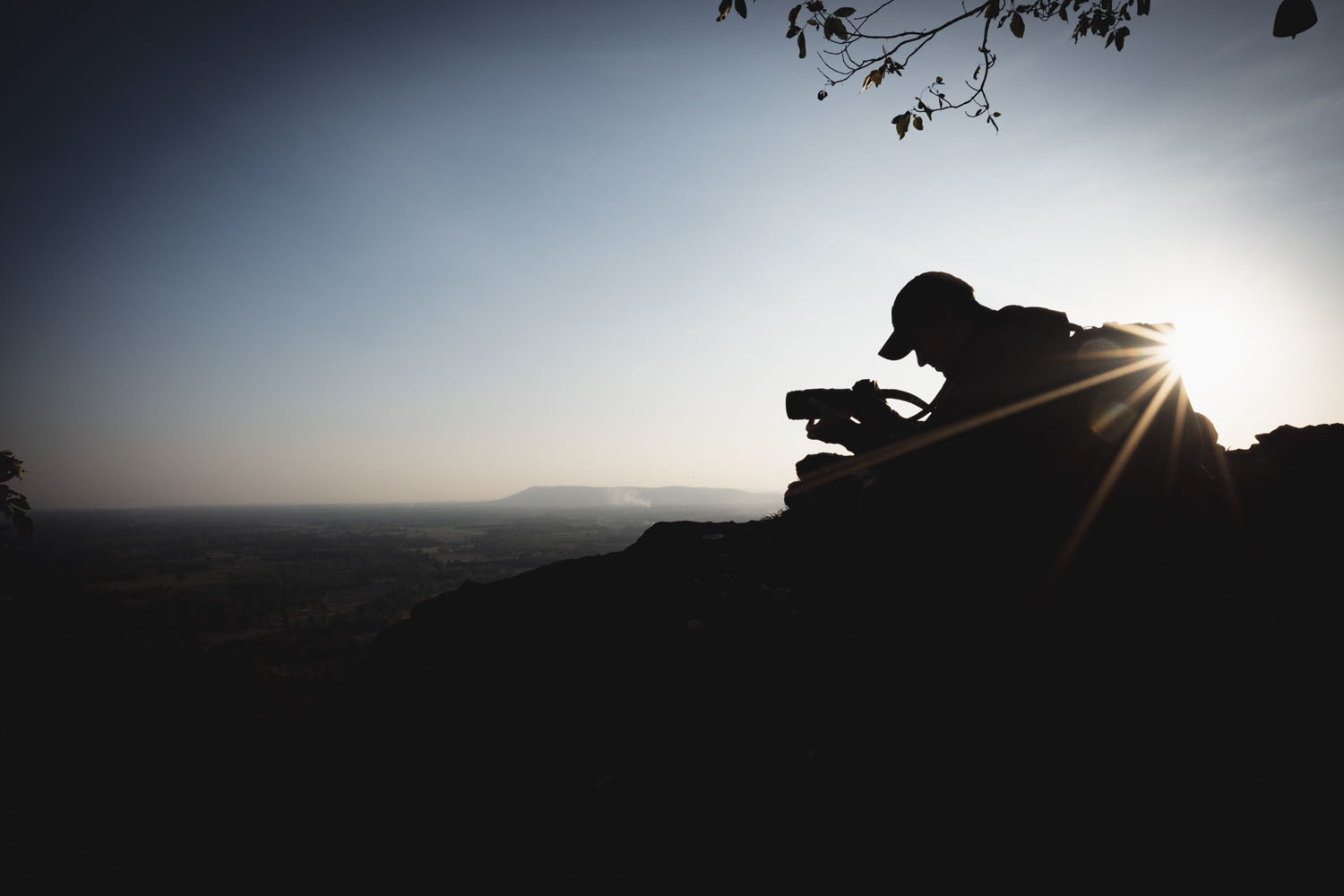Premium/ I am a Documentarian
But what exactly does that mean? Before I can begin to talk about my experiences as a documentarian in earnest, we really need to understand where on the photography family tree it sits. Often mistaken for journalistic photography or overshadowed by its trendy urban cousin, street photography, documentary photography rarely has reason to share the limelight despite being a cornerstone genre. Ahh, but it’s what it says on the tin, right? Documenting… stuff? Not wrong there, but there is intent and (more importantly) knowledge behind every image, the intricacies of which I will of course expand upon once I have explained to you how it differs from street or journalism.
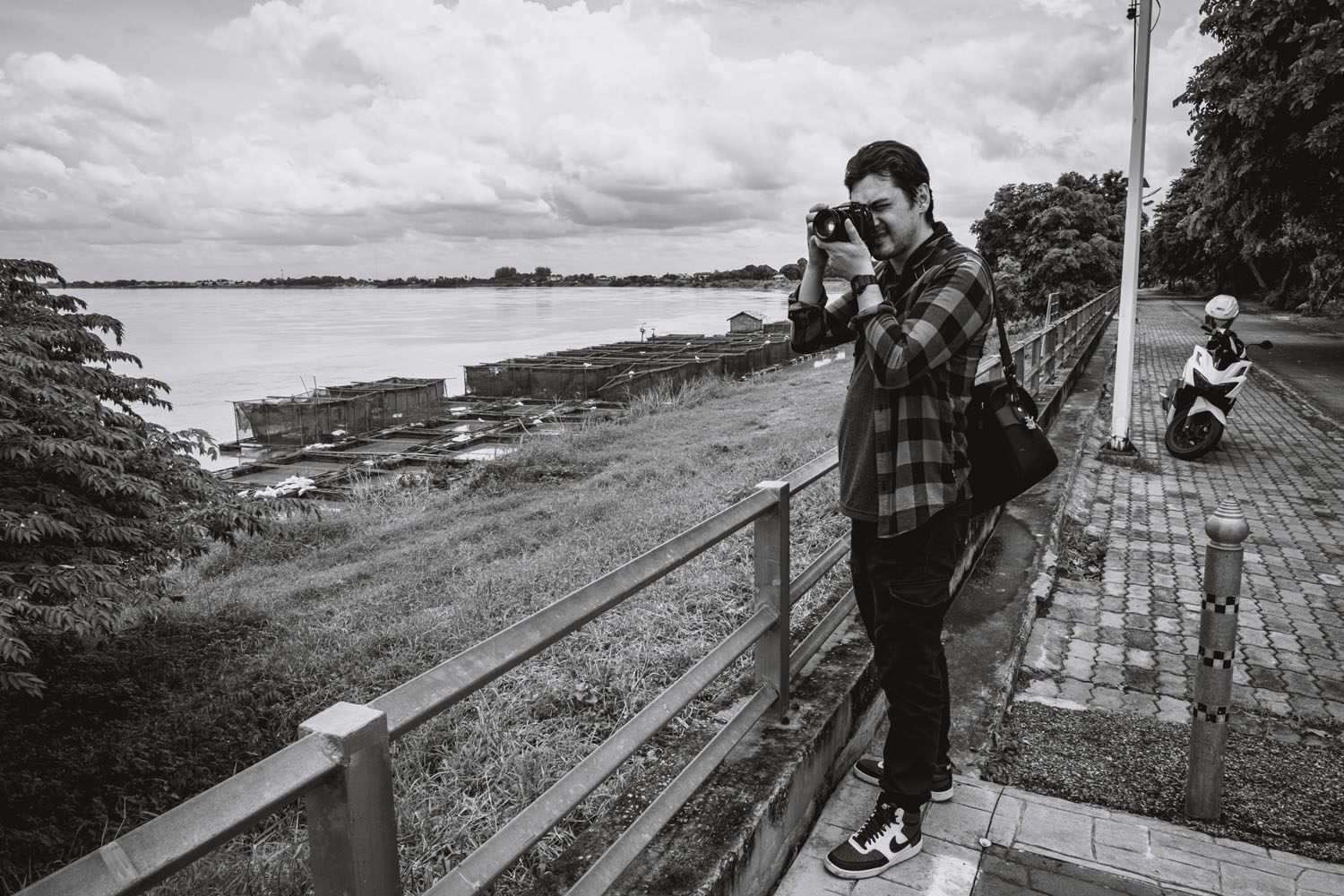
I want you to imagine a pendulum, on one side we have street photography and on the other we have investigative journalism. Dead center of the pendulum you will find documentary photography. Now remember, I said to imagine a pendulum, not a spectrum. This is because the slightest amount of bias will push you in either direction. What separates street photography from documentary photography is not just the urban setting but the playfulness of the imagery. We see the personality of the photographer in the images far more than any of the other two. Street draws from fine art and portraiture to create an exaggerated or almost whimsical portrayal of people and their surroundings. Journalism, on the other hand, is about finding hard evidence to back up an opinion. Note opinion, on the best of days it can be used for good but can also be used for propaganda due to confirmation bias. Too often is it used to demonize or evangelize. What is left out of frame can often be as detrimental as what is in frame. Despite this, it is not the absence of personality or opinion that make documentary neutral but a balance of each. There is no journalistic truth to be uncovered, thing just… are. Of course, overlap is inevitable.
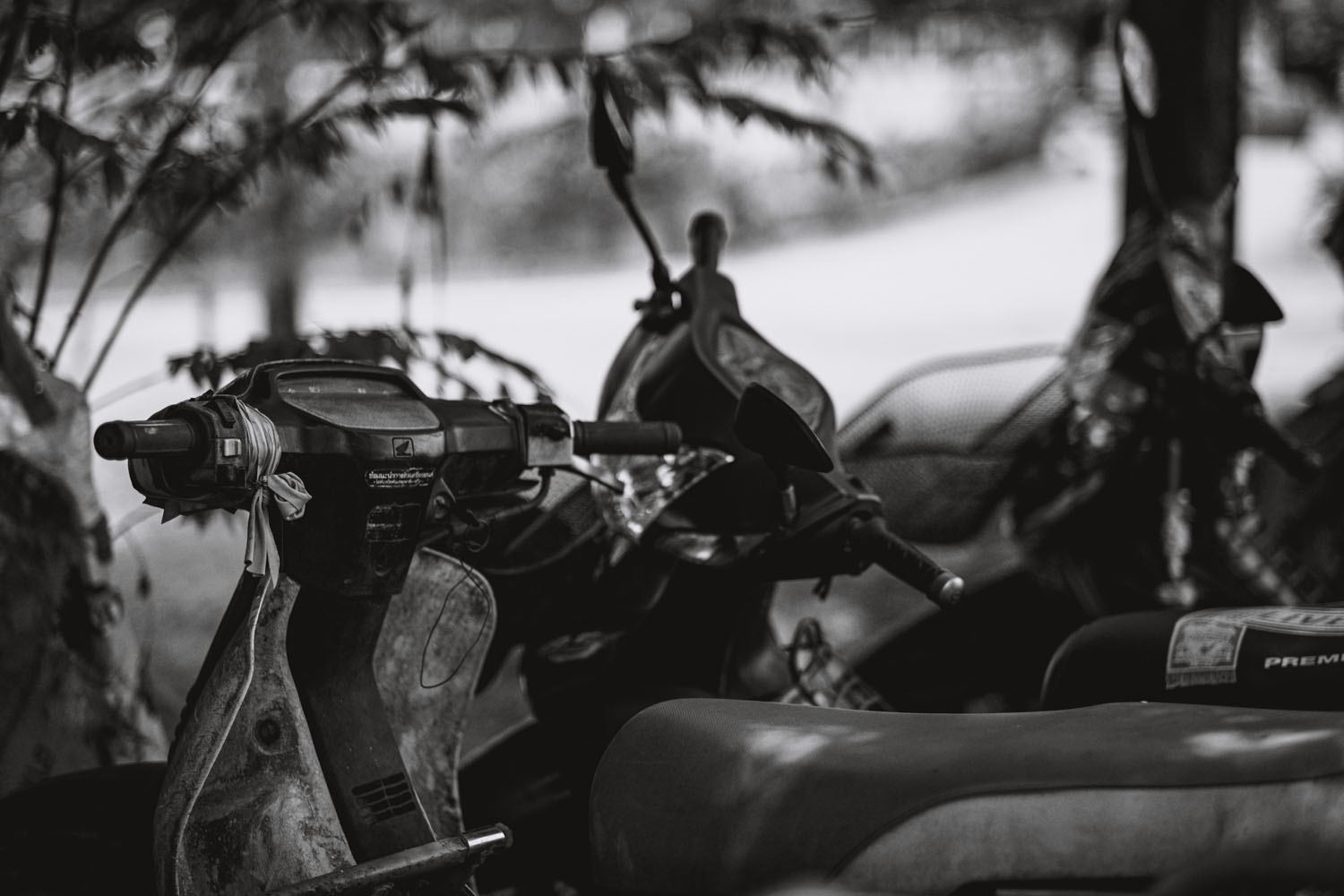

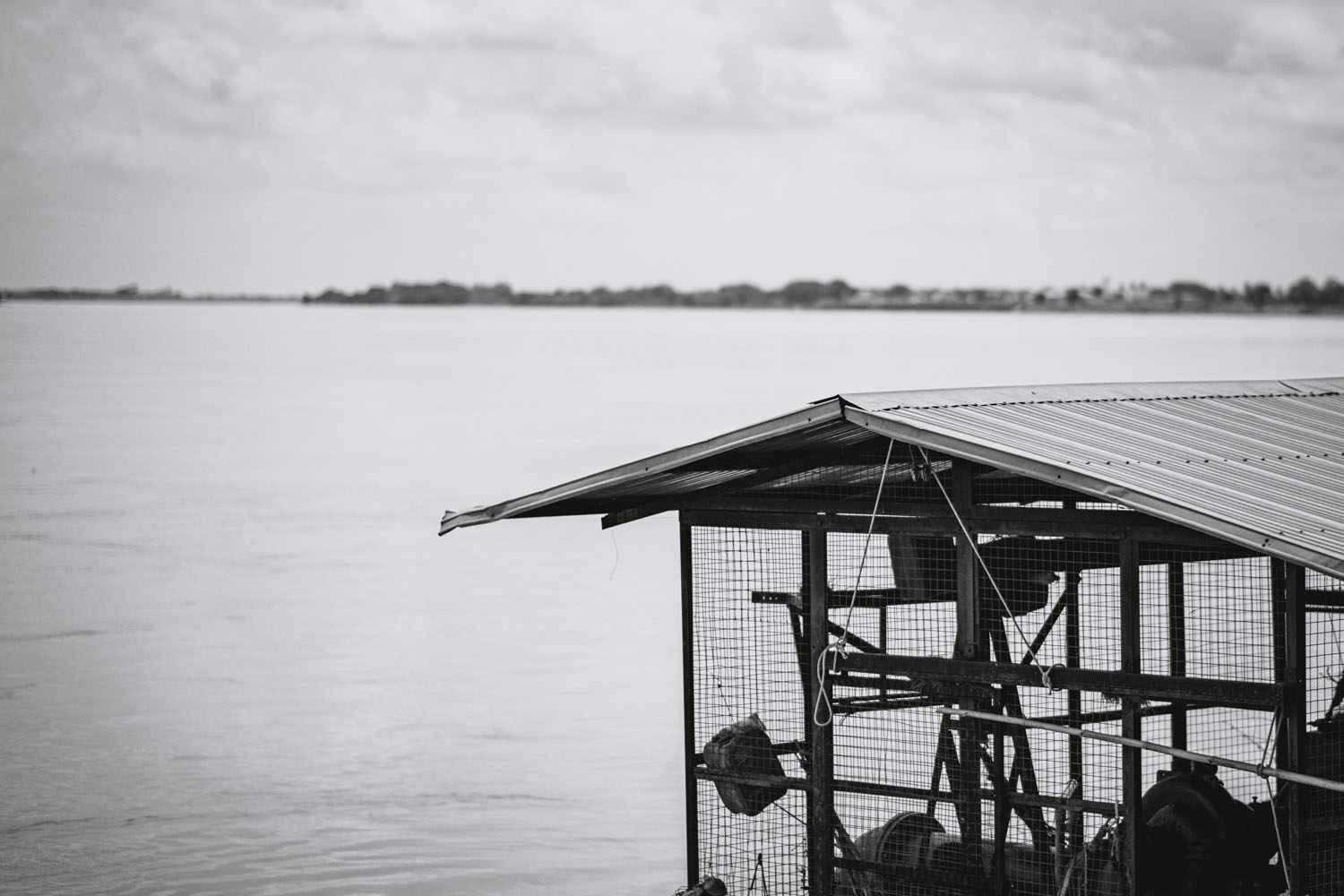
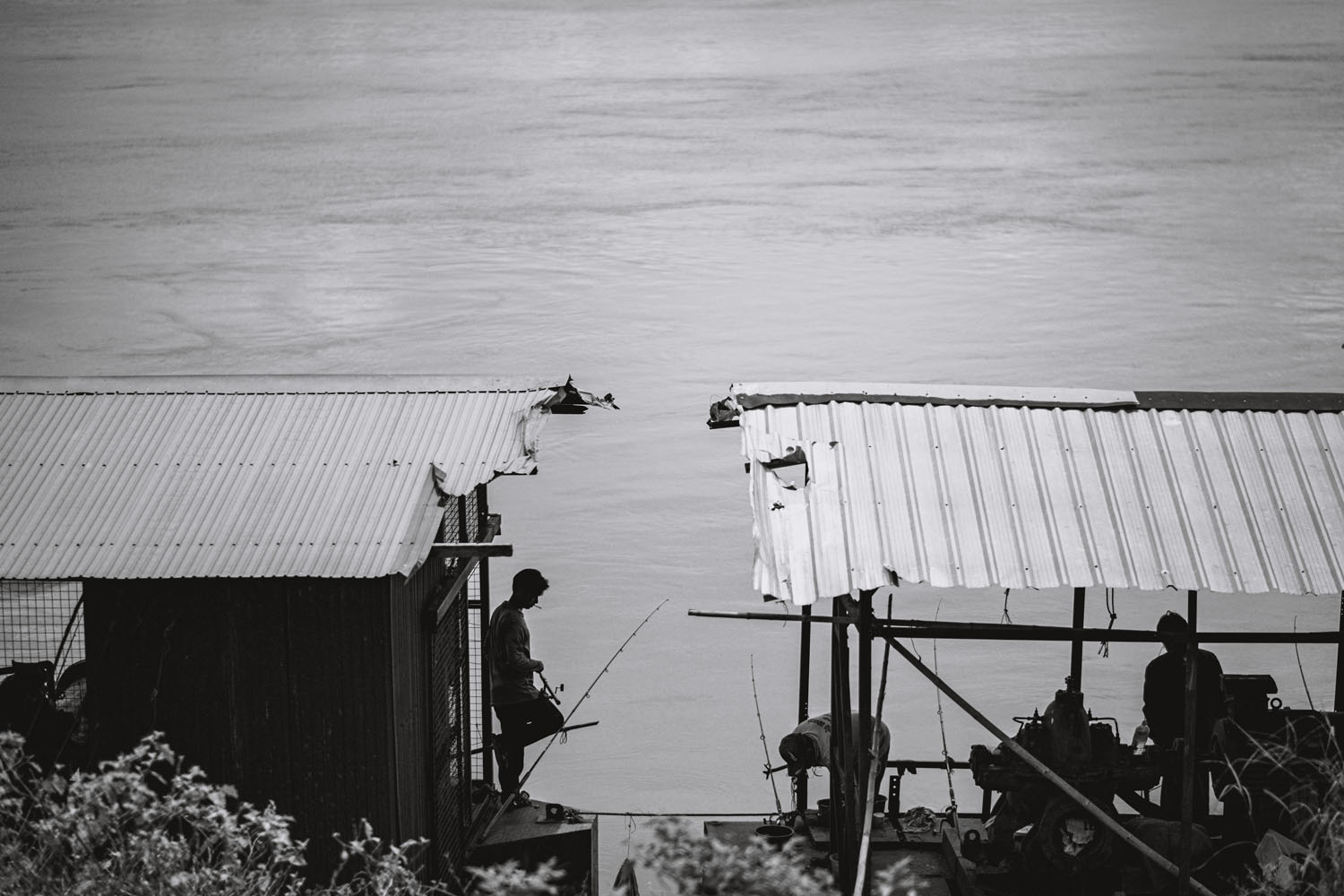
There is a level of trust that the viewer must place on the photographer and an understanding of their artistic voice and bias, the knowledgebase with which they draw from. The very best documentarians know their subject inside and out, and as such, that previously mentioned confirmation bias can come into play regardless of the neutrality at which we approach the subject. What also fascinates me endlessly is how the exact same confirmation bias (along with motivated reasoning) but on the side of the viewer can affect how our painstakingly curated images are received. It is only comparatively recently that I have begun to understand the importance of such differentiation and actively strive for dead center of the pendulum, knowing I will always be off a matter of degrees.
I’ve known my way around a camera a long time before I came to documentary photography, or even photography in general, interested me. It was a tool to help me sell products online, no more or less. White backgrounds and flat lighting were the order of the day, and it worked well for me. It was only when I began to undertake a major upheaval in my life that I decided, funnily enough, I wanted to document this. Personal documentation was what led me to study photography. I learned my exposure triangle, composition, lighting and all the other rudiments.


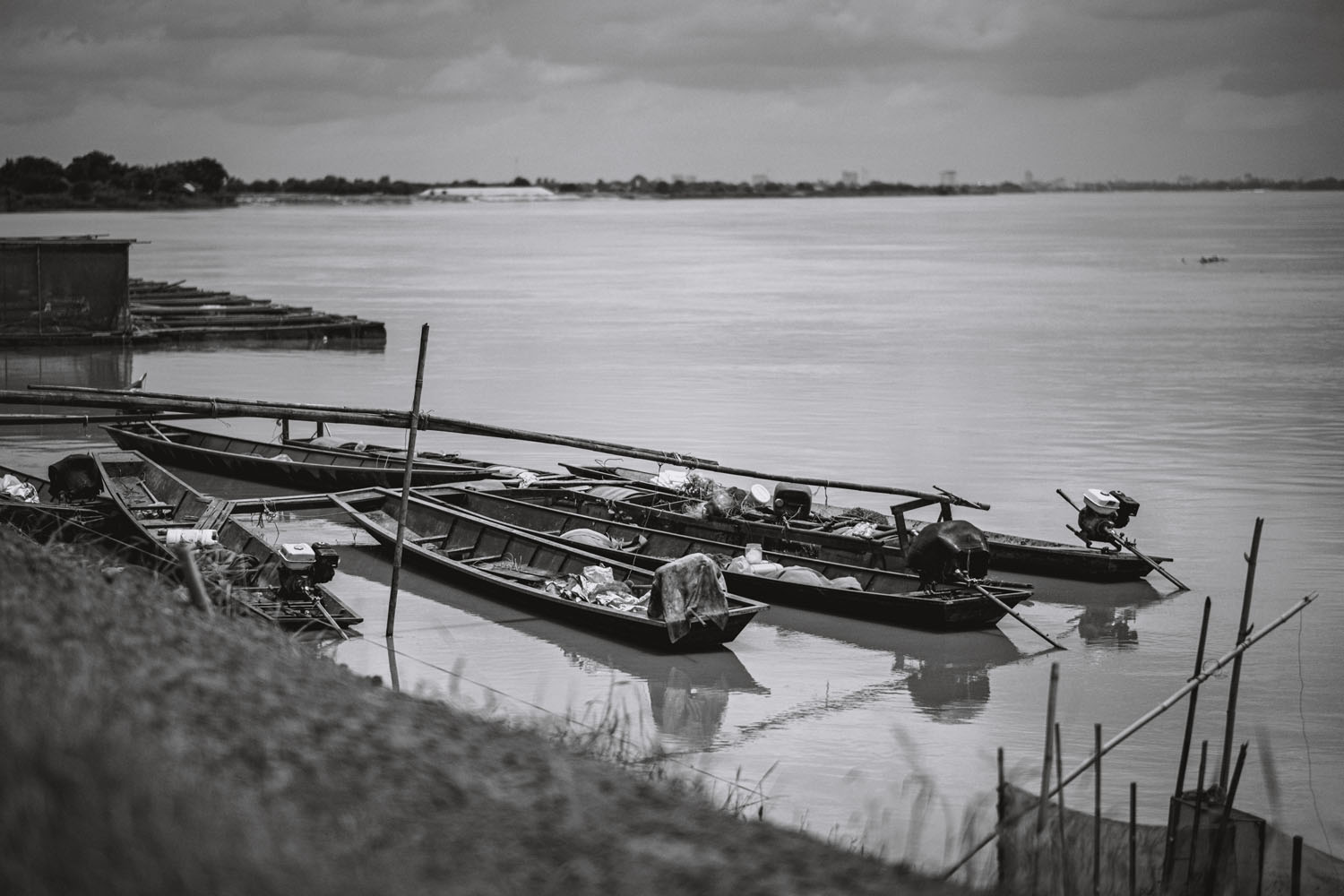

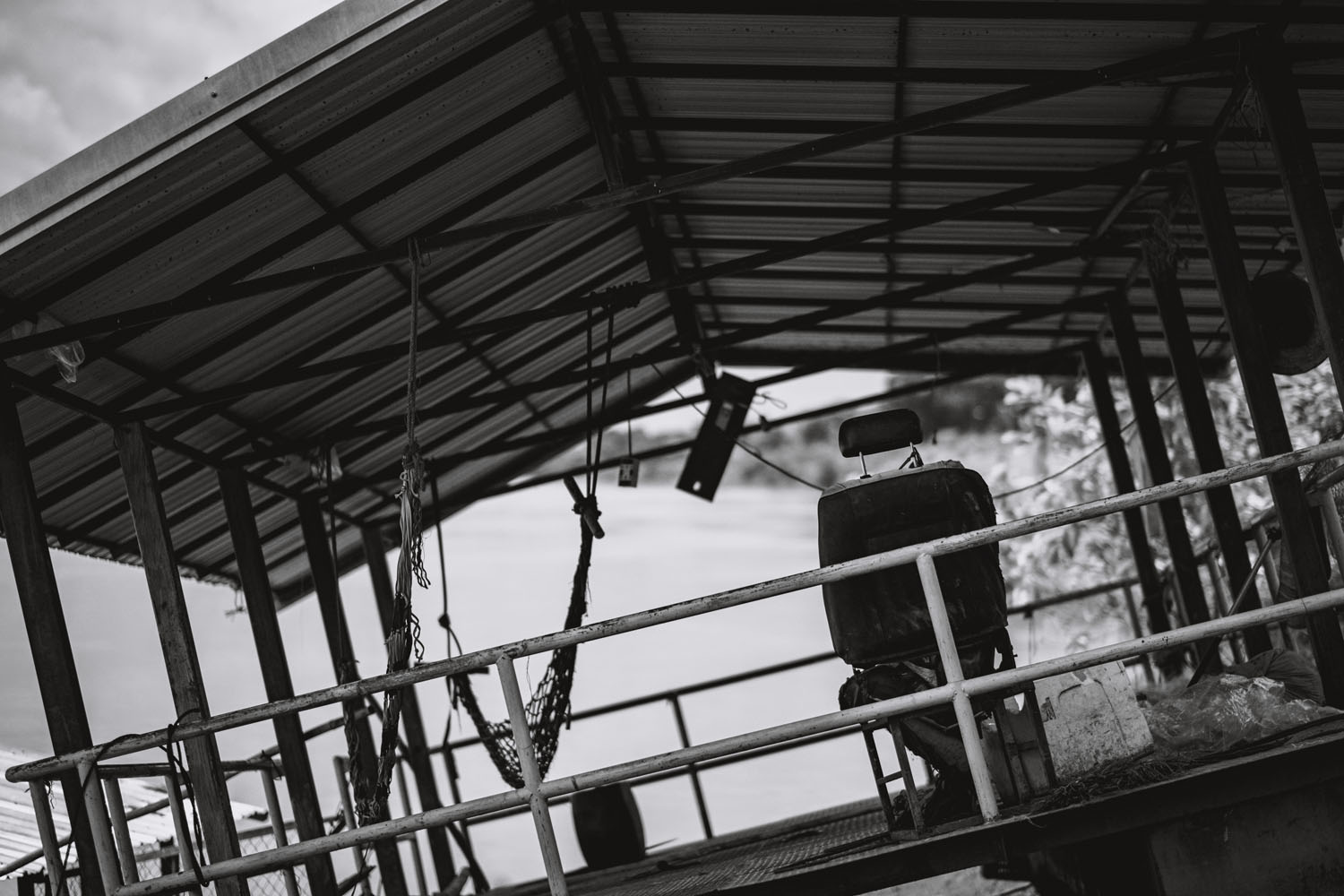
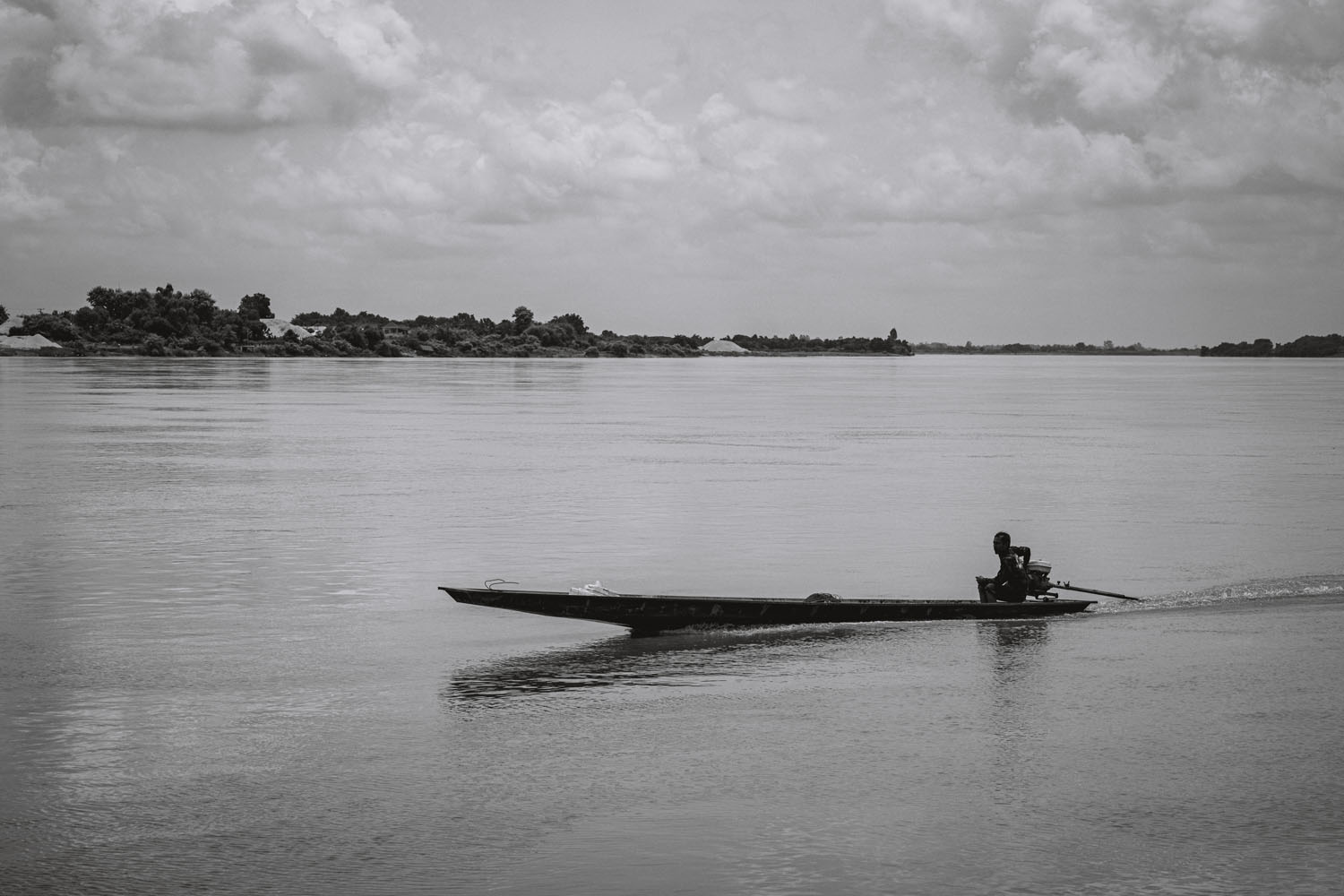
The major upheaval in my life was that I wanted to move from my home in the UK back to the home of my birth, Thailand, and the biggest mistake I made was immersing myself in travel photography. Condé Nast, Lonely Planet and more were my references, and I chased that. I photographed beaches and temples in explosions of colour, but I also photographed people and back alleyways, things that just didn’t “fit” what I was used to seeing photographed. To mirror this, what I saw photographed in these travel mags just wasn’t my Thailand. I sought out more and more and learned about street photography, Henri Cartier-Bresson and Leica. I know, I know this is Fuji X Passion and I am talking about Leica, well I can assure you Fuji HQ is full of conversations pertaining to that elusive red dot. I bought one, a Leica M2 with 35mm Summaron from 1960 and a few rolls of HP5. From there I learned about the photographers of Life and Magnum and of Salgado and Kenna. My search for photographers in Thailand led me to the work of Patrick Brown, Stuart Isett & Nic Dunlop, amongst others. Spending the summer of 2017 in Japan taught me everything I know. From smokey 2nd hand camera shops to pearly white galleries, Tokyo to Osaka, I learned everything I could from anyone willing to entertain me. I realized that this was what I wanted to do. I wanted to be a documentarian. I wanted the world to see what I saw and how I saw it. In the beginning, I ran with a lot of bias behind my sails. Perhaps I still do, no one can see their own back after all. I do think though, I am in a unique place to give my perspective on my chosen subject.
CONTINUE READING…
Only for Premium Subscribers!
To access these articles you must be a PREMIUM subscriber to Fuji X Passion.
SUBSCRIBE NOW and get instant access to all Premium articles, all prior and upcoming magazines, all special editions, all previous videos, discounts and offers. If you are seeking relevant information about this camera system, or useful tips from photographers using the Fuji X system, this is the most valuable place for you.
BASIC Plan subscriber? Upgrade to PREMIUM!
- Access your account HERE and sign in with your email address and password as always
- In this step click the ‘Subscriptions’ tab and then ‘Change plan’
- Now you can change from the BASIC plan to the new PREMIUM PLAN
- Finally, the system will only apply a proportional value to the remaining charge and change the plan immediately.
Already a Premium Subscriber?



